If You're a Cruiser, Here's How to Stay Afloat on a Racing Boat
12 Tips for Cruisers on a Race Boat
- No cushions in the cockpit.
- Flip flops should be left at home because they’re likely to fall off when you’re hiking, and they won’t protect your toes in the event you need to run forward.
- With the exception of some racing cruisers, there will be no canvas overhead. Sun protection is usually something we wear.
- Brief periods of strenuous work can be frantic yet exhilarating. These will be followed by long periods of down time.
- But during the down time, don’t get too comfortable or chatty. We need you focused on conditions, watching for puffs, and ready to go at a moment’s notice.
- About the start. It’s going to seem a little hairy because it is a little hairy. Stay focused, and we’ll all chill out a little way into the first leg.
- Packing the spinnaker. You will do this immediately after every take down, whether or not you think we’ll need it again this race.
- Sail changes. Our skipper loves them.
- We embrace life on the slant, especially when we use the head.
- Yelling should be limited to communicating over the sound of the wind, halyards, and sails. If it’s mean-spirited, find another race boat.
- We eschew wine goblets and martini glasses, but we have plenty of cold, canned beer.
- You won’t find better friends anywhere.
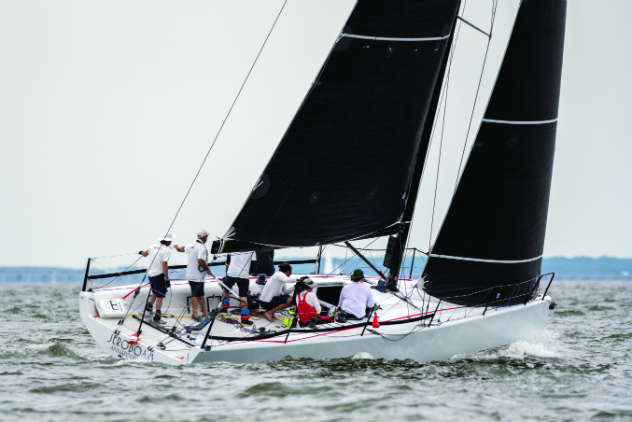
A Cruiser's Guide to Racing
Why would a well-adjusted cruiser be interested in stepping onto a racing sailboat? Don’t racers retire to cruising? Sometimes they do. But other times a cruiser’s curiosity bests him, or a persuasive friend cajoles her to step aboard for a trip around the buoys or even a distance race.
“While I like cruising because of the convenience of getting places, it’s so fun to race,” says Darla Rovniak, who before moving to the Chesapeake had the opportunity to crew with her husband in a Hawaiian racing cruising class. “Racing is a whole different level of sailing. I love the teamwork. Everyone has a clearly defined job, and you depend on the entire team to work in concert. Cruisers, or anyone who has the good fortune to get with a crew who is willing to show them the ropes, should take advantage.”
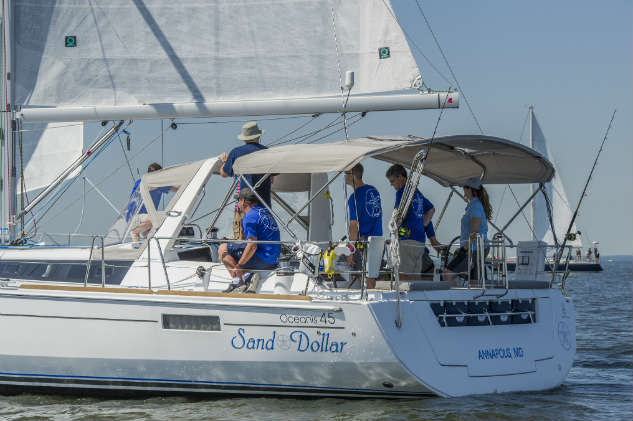
Provisioning
Before your cruising friends step aboard, prepare them for the spartan conditions in which they will be sailing. “Cruisers love to tell you about their elaborate provisioning plans,” says racer and former SpinSheet editor Duffy Perkins. “They have all the ins and outs on groceries and the place for the best conch fritters, and which shops have the fresh produce on what day. But if you’re a racer, the only provisioning you’ll have done will have been for beer or rum. You’ll know the exact exchange rates, where to buy a case of Carib for the cheapest, and who has the cheapest rum. But fresh produce is another thing entirely.”
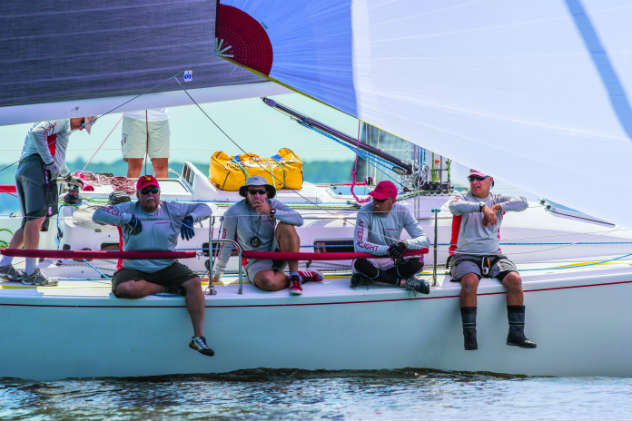
Boat Prep
Most cruisers are skilled and capable sailors, but even well-seasoned cruisers admit gathering and installing all the equipment required by a distance race safety checklist can take a herculean effort. But it’s worth it. Rarely will you meet a boat owner who says the investment of time and money wasn’t worth it. And most of the gear lasts for years after the initial outlay. What usually does not last as long on race boats are sails. Racing sailboats perform their best with crisp, new sails. That goes for a clean bottom too. Many buoy racers hire weekly divers to stave off any foul marine growth under the waterline.
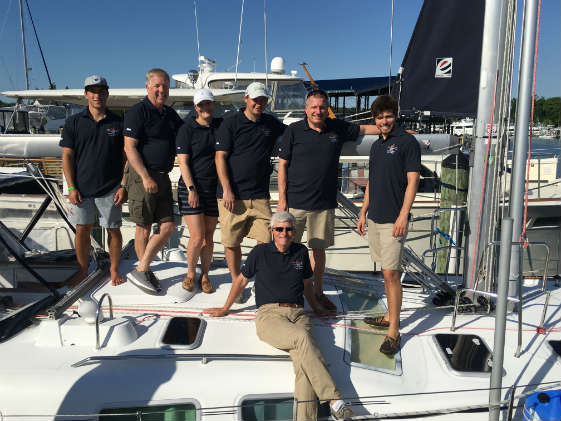
Weight
It’s important to racers. On small race boats your personal body weight matters. You may even be asked to step on the scale. If you’re racing around the buoys, a small backpack with a foul weather jacket is about all you’ll need. Despite weight considerations most skippers, but not all, can find room for a cooler of cold beverages. It’s a good idea to ask first. But even on bigger boats racing long distances, weight matters. Don’t expect onboard luxuries such as bedding, books, cookware, kayaks, or SUPs.
Ah, the Cruising Class. The best of both worlds?
Racer-cruiser Rick Lober, who skippers his Beneteau 473 Celerity in local point-to-point races, shares his perspective on how to combine racing and cruising to maximize pleasure and race results. “For races such as St Mikes, Oxford, and the Governor’s Cup, we make a weekend out of it,” he says. “My primary crew are three couples who have a great time together on the race and cruise back. We are competitive and often place in the top three, but we don’t go too extreme with regard to weight—we don’t empty water or fuel tanks for example, which is not allowed in most cruising classes. And we make sure the blender, Kuerig, and toaster are onboard for the after party and breakfast the next day.
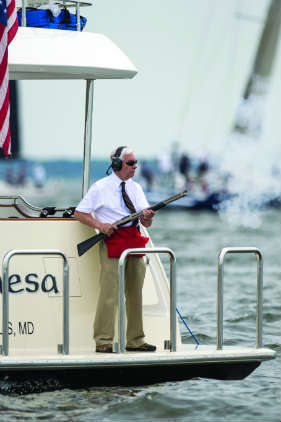
“However, when it comes to the ocean races (Lober raced in the 2016 Annapolis to Bermuda and this year’s Annapolis to Newport), the boat is completely stripped, which is a two-day job. We do this in order to allow for rigging lee cloths and to prevent damage to items in rougher conditions.
“With regard to those on the more serious racing boats, there have been times when I felt the expectation would be that the racing cruiser would give way in a crossing situation regardless of the right of way, but I think that is changing now that so many cruisers are racing. In fact, cruising class was one of the only classes with enough participation last year to receive high point awards and continues to grow rapidly through the efforts of the Chesapeake Racer Cruiser Association.
“All in all, I am racing my big Beneteau more than cruising it these days. We have a great time, and while I may get a funny glance or two when the racing boats see my NOOD sticker proudly displayed on the bow, I think they are realizing that racing cruising boats is here to stay.”
By Beth Crabtree
FIND THE RACER'S GUIDE TO CRUSING HERE.
For more articles about cruising, click here, and for more articles about racing, click here!




